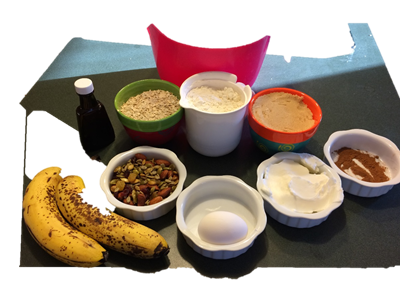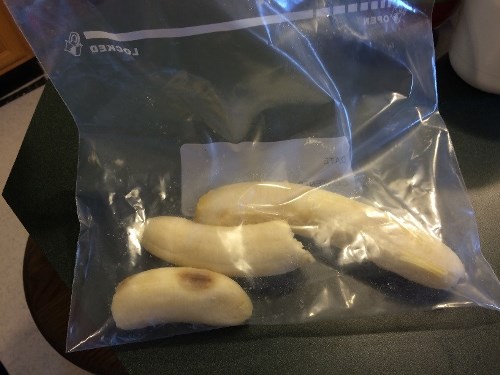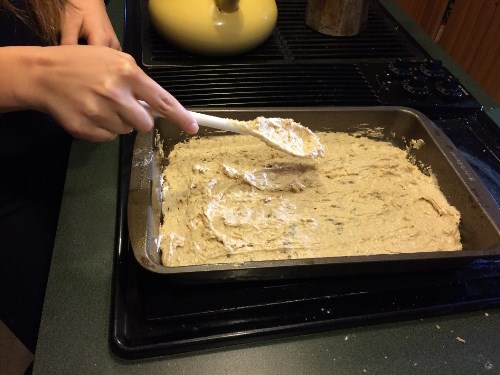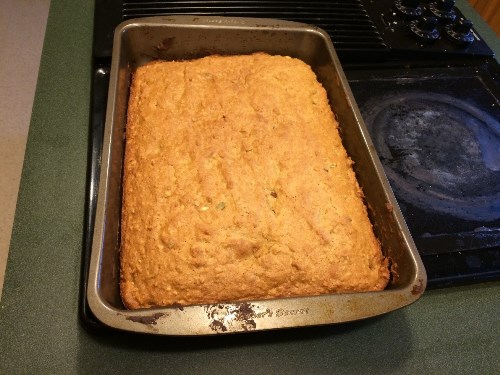Looking for a fun and purposeful activity? This simple owl-themed craft is a great way to enhance fine motor skills while sparking creativity. Children will enjoy cutting, tracing, and gluing as they bring their owl to life—building important coordination skills along the way. It’s an ideal hands-on activity for therapists, educators, or parents supporting motor development at home or in the classroom.
With this easy craft, your child will:
- Practice scissor skills
- Trace different shapes
- Use both hands (bilateral coordination)
- Cross the midline
Materials
- 2 Sticky Back Foam Sheets or Felt
- 2 Buttons
- Glue
- Scissors
- White Paper for the pattern
- Markers
Step 1
Draw the pattern on white paper.
Cut the pattern shapes.
Place the shapes on the sticky-back foam sheets. Use at least 2 different colors.

Step 2
Cut the foam shapes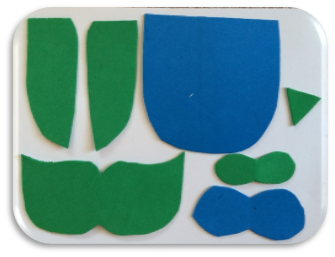
Step 3
Peel the back of the wings and place wings on the belly.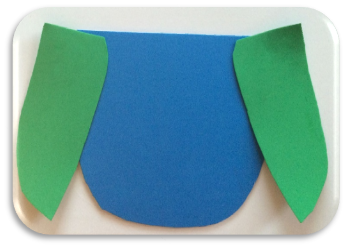
Step 4
Peel the back of the behind the eyes area and place on the top part of the belly.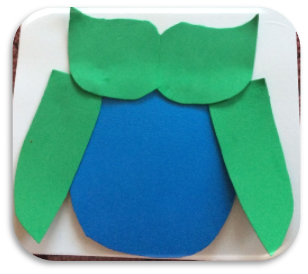
Step 5
Peel the back of the large eyes and center on the top.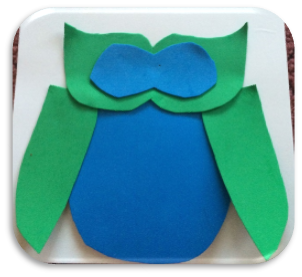
Step 6
Peel the back of the small eyes and center on the top.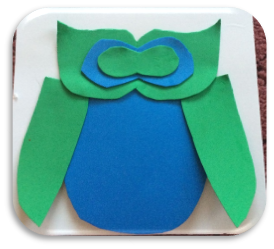
Step 7
Peel the back of the nose and place it under the eyes.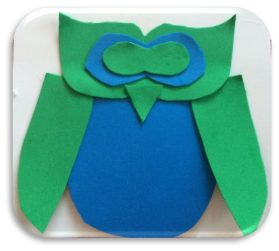
Step 8
Glue the buttons to the center of the eyes.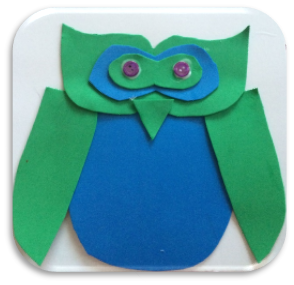
Step 9
Decorate using the markers.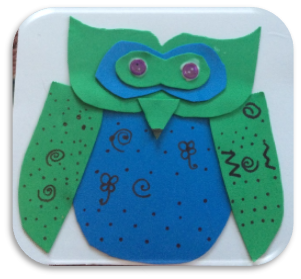
Don’t forget to make it a multi-sensory experience.
- What sound does the owl make?
- Sing songs about owls or birds.
- Have your child feel a feather.
- Use different textures; combine foam and felt, or decorate with glitter.
Here is a felt owl we made using a heart for a nose. Send us a picture of your owl, or post it on Facebook or Twitter with the hashtag #Therapro
Looking for more ways to build hand skills through creativity? Explore Therapro’s Art & Creative Activities for a wide range of engaging tools and ideas designed to support fine motor development in fun and meaningful ways.
Guest Blogger: Diana V. Mendez-Hohmann



